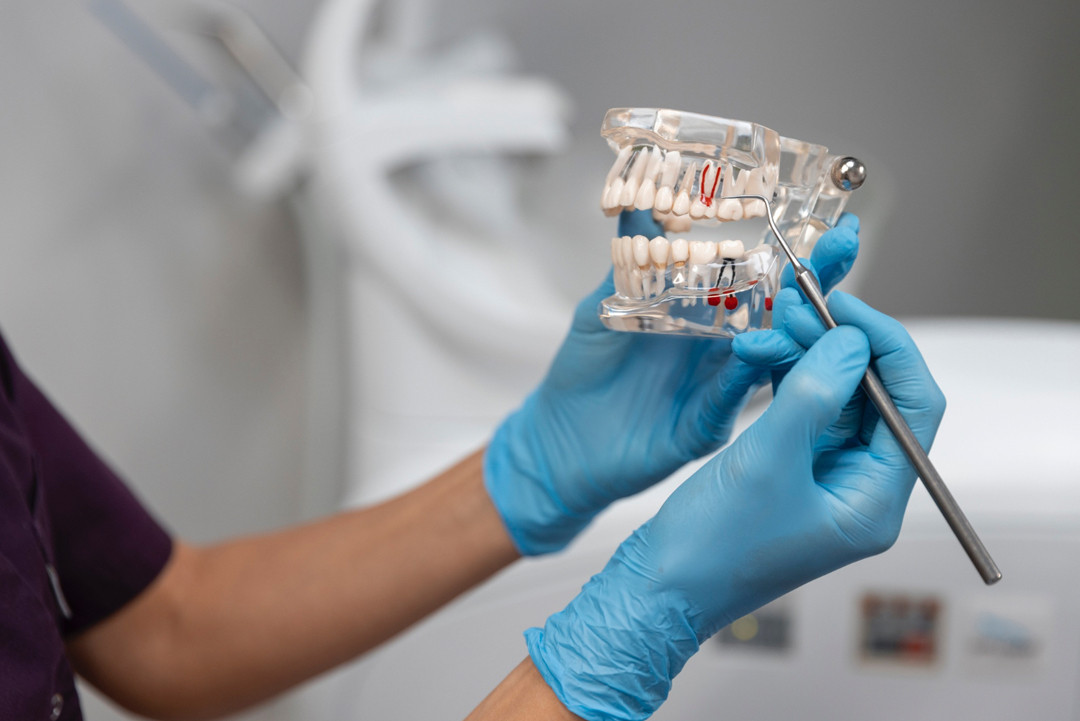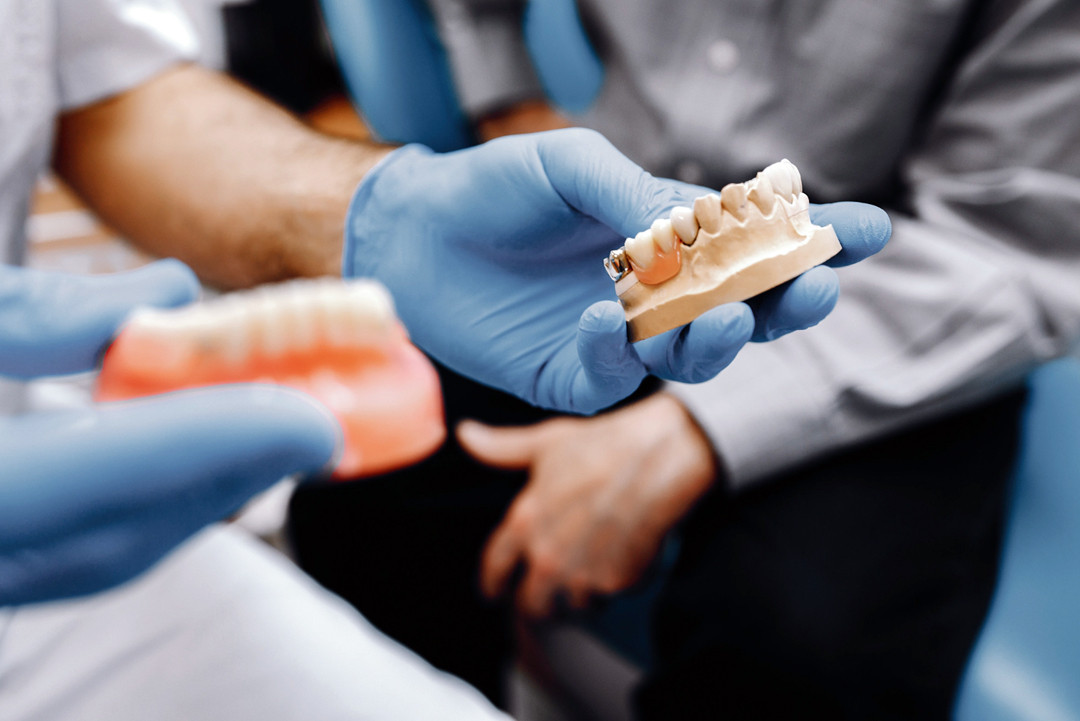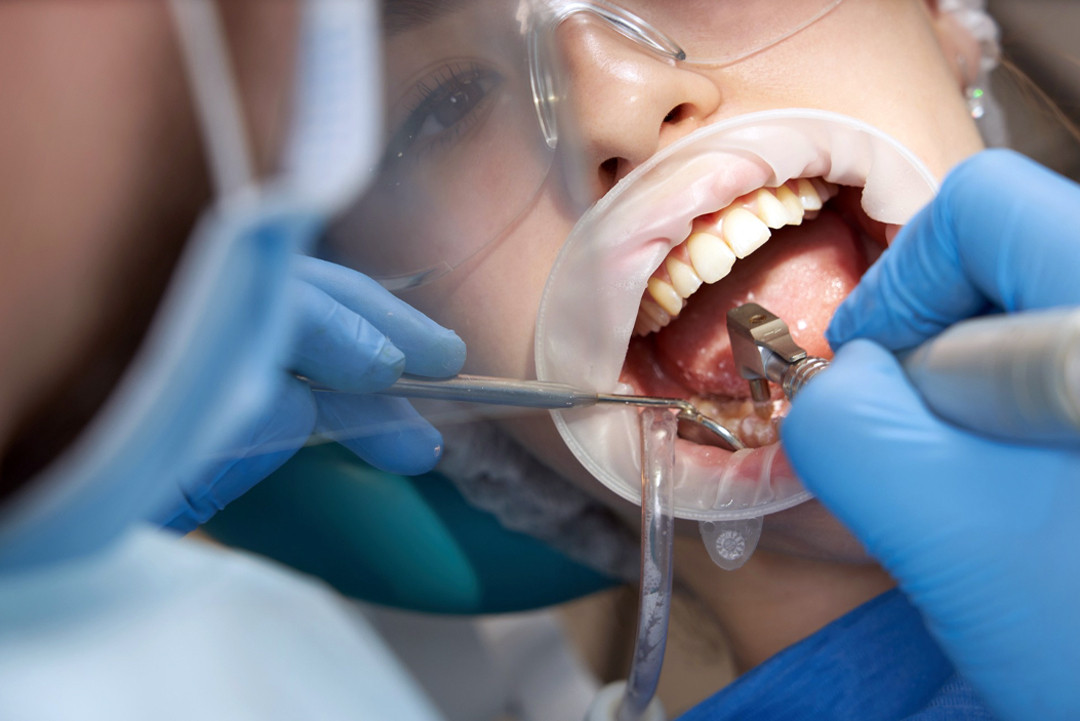What is Periodontology?
Periodontology is a dental specialty focused on the prevention, diagnosis, and treatment of gum diseases and the supporting structures of teeth, such as the periodontium. The periodontium includes:
- Gums (gingiva)
- Periodontal ligament
- Alveolar bone
- Cementum covering the tooth root
The periodontium provides structural stability and protection to teeth, enabling proper chewing and other oral functions. Additionally, systemic health conditions like diabetes or smoking may manifest symptoms in the oral cavity, making regular dental examinations critical for early disease detection.
Role of Periodontists
Periodontists are dental specialists who focus on treating gum diseases and the periodontium. They are trained to manage conditions ranging from simple gingivitis to severe periodontitis and perform advanced procedures like regenerative surgeries and implant placements. Periodontists often collaborate with general dentists and other healthcare professionals to ensure comprehensive care.
Common Periodontal Diseases
1. Gingivitis
- Cause: Plaque buildup causing gum inflammation.
- Symptoms: Red, swollen, bleeding gums, bad breath.
- Treatment: Proper oral hygiene, professional cleaning.
2. Periodontitis
- Cause: Untreated gingivitis leading to damage in the periodontal ligament and alveolar bone.
- Symptoms: Gum recession, loose teeth, abscesses, bad breath.
- Treatment: Deep cleaning (scaling and root planing), antibiotics, surgical intervention if severe.
3. Periodontal Abscess
- Cause: Infection causing pus accumulation.
- Symptoms: Pain, swelling, fever, bad breath.
- Treatment: Abscess drainage, antibiotics, deep cleaning or surgery.
4. Advanced Periodontal Diseases
- Progression: Untreated periodontitis leading to tooth and bone loss.
- Risks: Systemic conditions like cardiovascular diseases or diabetes.
Diagnostic Methods in Periodontology
- Clinical Examination: Checking gum health, probing for periodontal pockets.
- Radiological Imaging: X-rays or 3D scans to assess bone loss.
- Bacterial Cultures: Identifying harmful bacteria.
- Biopsy: For lesions or unexplained growths.
Periodontal Treatment Options
1. Non-Surgical Treatments
- Scaling and Root Planing: Deep cleaning to remove plaque and tartar from below the gumline.
- Antibiotics: Used to control infection and inflammation.
2. Surgical Treatments
- Pocket Reduction Surgery: Reducing the depth of periodontal pockets.
- Regenerative Surgery: Encouraging bone and tissue growth using grafts or membranes.
- Periodontal Plastic Surgery: Correcting gum recession or reshaping the gum line for aesthetics.
- Laser Treatments: Using laser technology to remove diseased tissue or bacteria.
- Microsurgery: Advanced techniques for precise tissue repair and regeneration.
3. Advanced Techniques
- Leukocyte-Platelet Rich Fibrin (L-PRF): Enhances healing using the patient’s blood components.
- Periodontal Microsurgery: Less invasive procedures with improved outcomes.
- Implant-Supported Restoration: For replacing lost teeth after periodontal therapy.
What to Expect During Treatment
- Initial Consultation: Comprehensive assessment and oral hygiene education.
- Phase 1: Removal of plaque, tartar, and bacteria through scaling and root planing.
- Reevaluation: Monitoring gum health and planning further interventions.
- Surgical Phase (if necessary): Addressing severe damage through regenerative or reconstructive procedures.
- Maintenance Phase: Regular follow-ups to monitor periodontal health and prevent recurrence.
Preventive Care Tips
- Brush twice daily with fluoride toothpaste.
- Floss regularly to remove plaque between teeth.
- Visit a dentist or periodontist for routine checkups and professional cleanings.
- Avoid smoking and maintain a healthy diet.
Proper care and professional guidance can stop periodontal disease progression and restore oral health, ensuring a confident smile and better overall well-being.


















